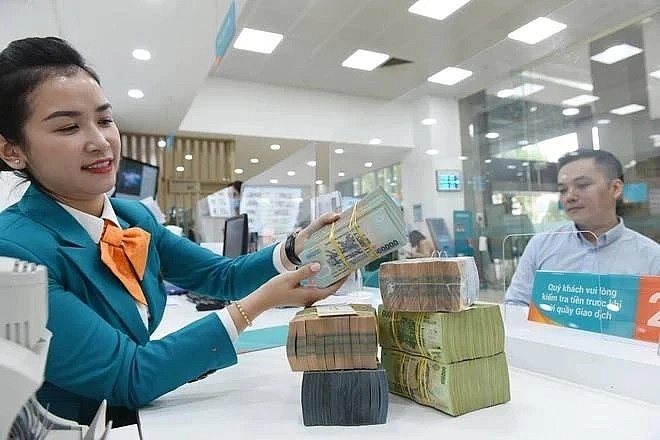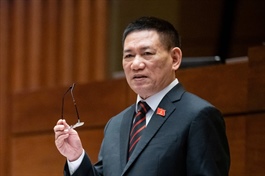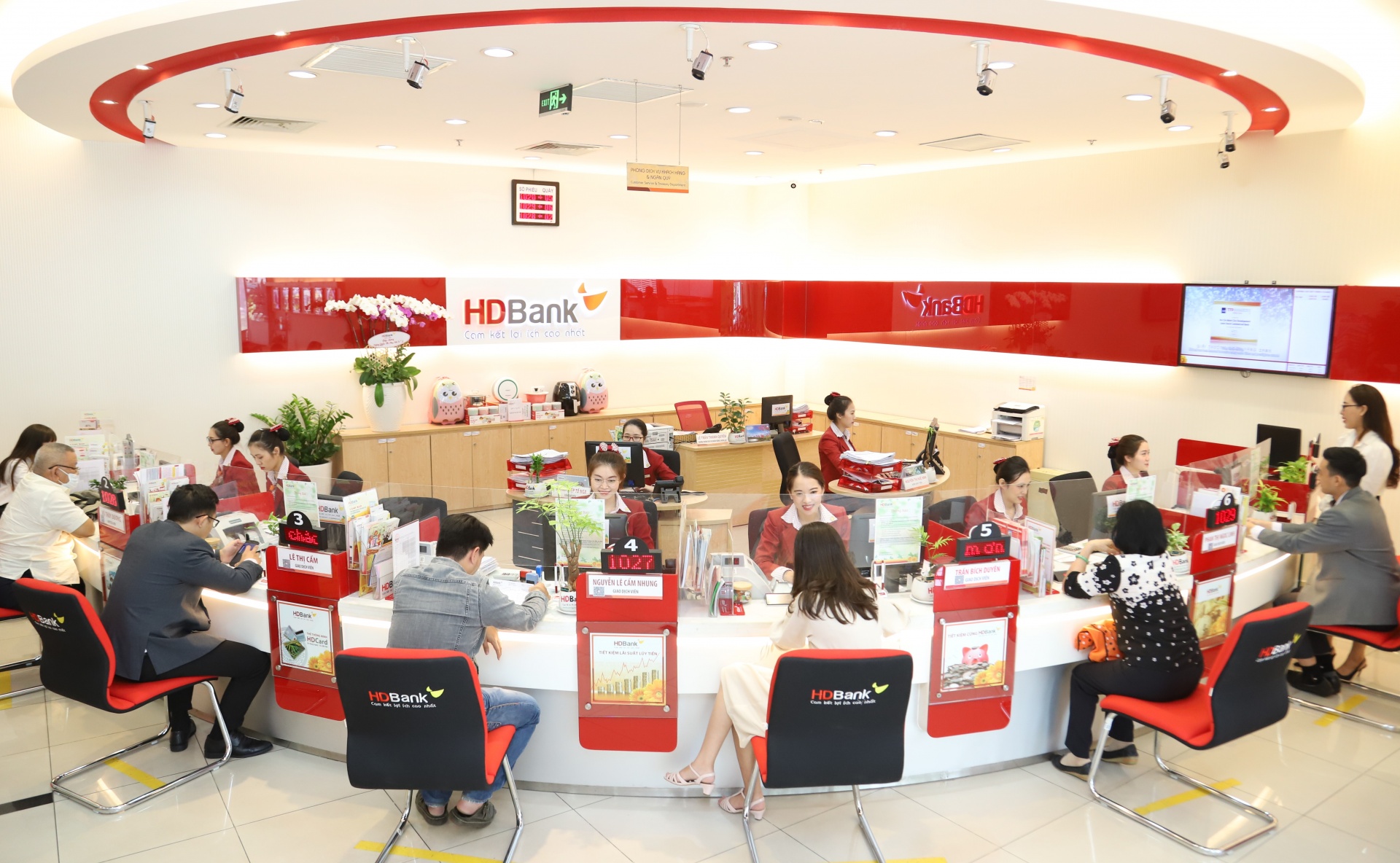Monetary policy flexible and stable
Monetary policy flexible and stable
Vietnam’s central bank remains steadfast in implementing a proactive yet cautious monetary policy, exercising flexibility in the use of monetary tools amid recent sharp exchange rate fluctuations.

On the morning of October 24, the State Bank of Vietnam (SBV) announced a central exchange rate of VND24,250/USD, up VND10. This marked the eighth consecutive session with a rate increase. On the interbank market, the exchange rate closed at VND25,433/USD for the session, a rise of 0.91 per cent on-week and reflecting a 3.4 per cent increase.
“The sharp uptick in the exchange rate after a deep decline highlights the unpredictable risks that policymakers face in a volatile global landscape,” said Dr. Vo Tri Thanh, a member of the National Financial and Monetary Policy Advisory Council. “It is essential for the SBV to exercise caution, maintaining open-market operations to inject and withdraw liquidity rather than lowering key interest rates. The regulator must consider various contingencies to implement an adaptive policy response.”
In response to exchange rate pressures, the SBV has issued short-term treasury bills to absorb liquidity, raising interbank interest rates and narrowing the spread between VND and USD, indirectly supporting the exchange rate.
Following four consecutive sessions of treasury bill issuance, interbank interest rates have rebounded. By October 23, overnight VND rates were at 3.83 per cent, while the one-week rate reached 3.99 per cent, an increase of 1.1 per cent and 1.03 per cent from the previous week.
Looking ahead to the end of this year and into the next, the SBV should continue its prudent yet flexible monetary policy approach, he added. “By actively managing monetary tools, it can support economic growth, stabilise the macroeconomy, and balance exchange and interest rates at relatively stable levels. Though challenging, with experienced management, the SBV can achieve these goals,” said Thanh.
Phan Dung Khanh, investment advisory director at Maybank Investment Bank, commended the SBV’s effective exchange rate management. “Although the exchange rate has risen, the devaluation remains relatively minor compared to major global and regional currencies. Since the beginning of the year, businesses have rarely expressed concerns about exchange rate volatility, which has been maintained at a stable level,” Khanh said.
Balancing growth support with macroeconomic stability remains a complex task for the SBV in the coming period, despite favourable factors such as the US Fed’s rate cut and the potential for another reduction by year-end.
Additional support from major central banks, sustained monetary easing policies, a surge in remittances, increased exports, and foreign direct investment disbursement serve as vital exchange supply channels, enhancing the SBV’s ability to stabilise the exchange rate.
In a report presented to the National Assembly on October 22, SBV Governor Nguyen Thi Hong stated that it would continue to implement a flexible monetary policy in alignment with fiscal and other macroeconomic policies.
“The goal of upcoming monetary policy is to promote economic growth, control inflation, and stabilise the monetary and foreign exchange markets,” Hong said. “The SBV will proactively and flexibly operate open market activities to maintain liquidity for credit institutions, adjust interest rates in line with policy objectives, and encourage credit institutions to lower lending costs.”


























